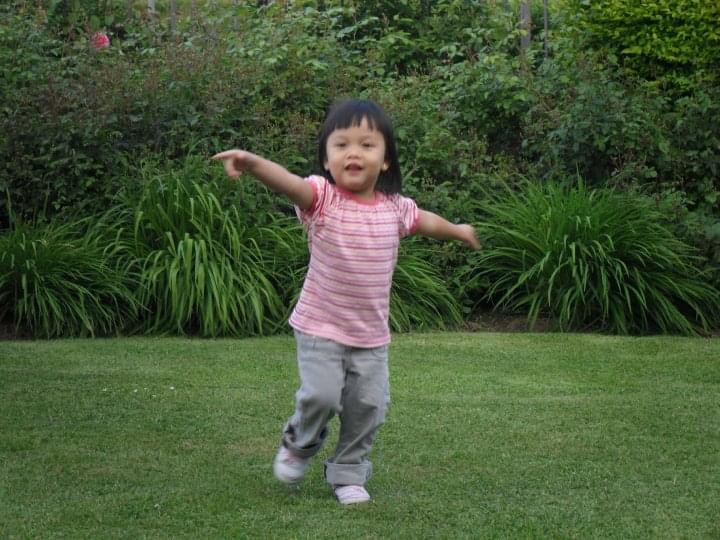DNA replication
Cards (14)
- DNA replication must occur before any type of cell division can happen
- For DNA replication to occur :presence of all 4 DNA nucleotides with nitrogenous basescorrect enzymessource of energy (ATP)
- Watson and Crick discovered the double helix structure of DNA
- Watson and Crick had two theories :
- Conservative method
- semi-conservative method
- The two enzymes involved in DNA replication are :>DNA helicase>DNA polymerase
- DNA helicase breaks hydrogen bonds between complementary bases, which is the process of unwinding the DNA helix
- DNA ligase catalyses the formation of a phosphodiester bond between the activated nucleotides
- The free nucleotides are also known as activated nucleotides
- Activated nucleotides have three phosphate groups , not one .
- When phosphodiester bonds form, the activated nucleotide looses their extra two phosphate groups
- Activated nucleotides loosing their two extra phosphate groups provides energy for the reaction
- When nucleotides first line up with their complimentary bases , they are only being held by hydrogen bonds not phosphodiester bonds
- semi-conservative method : each of the two copies contains one original strand and one new strand of DNA
- Conservative method : a DNA double helix is formed containing two new strands
